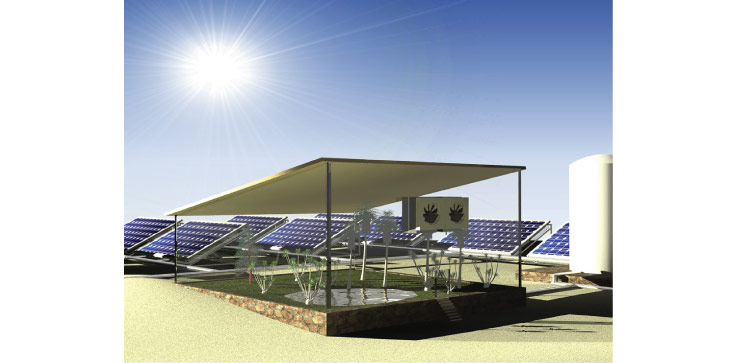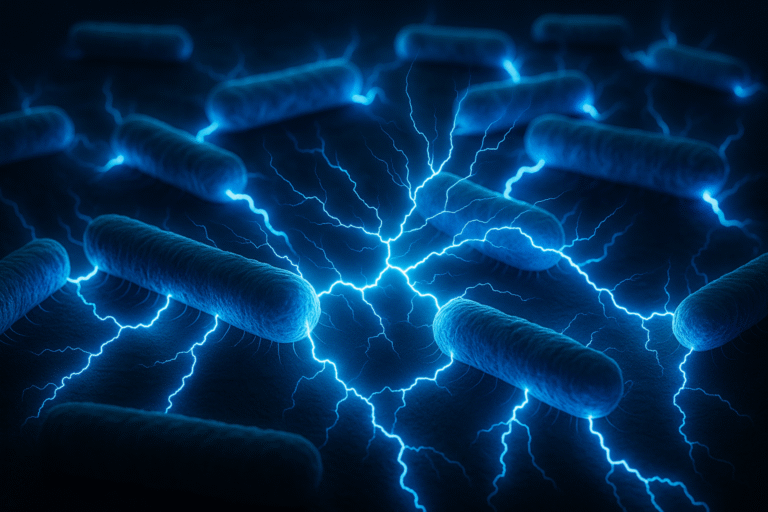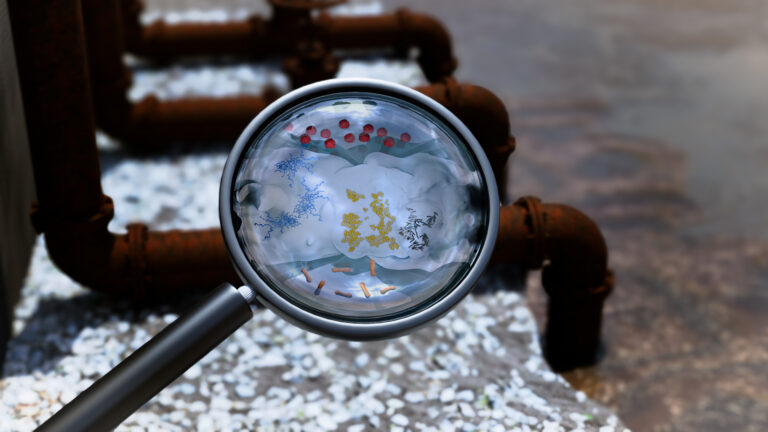Environmental Science and Engineering
Coproducing water and electricity powers crop growth
A solar-driven system to generate electricity and produce water for crops in arid areas may help a decentralized approach to food, water and energy security.

The major challenge for food production in arid and semiarid areas remains the lack of water resources. While there is no shortage of sunlight to power solar panels in these regions, photovoltaic cells also generate vast amounts of heat that reduce their energy efficiency.
KAUST researchers are addressing these issues with an integrated approach that uses atmospheric water vapor to produce fresh water for crop growth and also to generate cooling power for PV cells, thus improving their performance.
Postdoc Renyuan Li and colleagues have invented a novel system that can coproduce water, electricity and crops in most regions, including arid and semiarid areas.
“We believe this system can contribute to the global water-energy-food nexus, generate electricity and produce water for remote and off-grid communities,” says Li.
Fully solar energy driven, the system employs atmospheric water-harvesting material to capture water vapor from the air, typically at night or in the evening, and recycles the waste heat from PV panels during the day to produce fresh water. It also enables greater flexibility by offering two easily switchable modes: PV cooling and water-crop-production.
During a three-month field trial in Saudi Arabia, the system successfully reduced the temperature of PV panels by up to 17 degrees Celsius and increased their electricity generation by nearly 10 percent in the PV cooling mode, while also producing water to irrigate crops without affecting PV panel performance in the water-crop-production mode.
Li says the system could support a decentralized approach to economically provide electricity and water on site in off-grid regions, small communities and places with limited access to water.
“The use of atmospheric water harvesting means that the availability of water resources like rivers, lakes, groundwater or seawater is no longer a limiting factor for applications such as growing crops,” he says.
He suggests this holistic approach could help achieve the Sustainable Development Goals by addressing water and energy shortages in off-grid communities and arid or semiarid regions.
Having proved the concept and commercialization potential, the researchers are now looking at system optimization and scale up.
The dimension of an individual testing device is currently 0.18 m2 and the next step is to scale it up to 1 m2 and then to a commercial PV panel scale of 2 m2.
Environmental engineer Peng Wang, who led the team, says the work demonstrates that there is plenty of room for effective and smart use of solar energy to deliver a sustainable water-energy-food nexus.
References
- Li, R., Wu, M., Aleid, S., Zhang, C., Wang, W. & Wang, P. An integrated solar-driven system produces electricity with freshwater and crops in arid regions. Cell Reports Physical Science 3, 100781 (2022). article
You might also like

Environmental Science and Engineering
Bacteria reveal hidden powers of electricity transfer

Environmental Science and Engineering
Wastewater surveillance tracks spread of antibiotic resistance

Bioscience
Super fungi survive extreme Mars-like environments

Environmental Science and Engineering
Rethinking food systems to restore degraded lands

Environmental Science and Engineering
Combat climate change by eliminating easy targets

Environmental Science and Engineering
Wastewater treatment to fight the spread of antibiotic resistance

Bioscience
Digging into the world of plant-growth-promoting microbes

Bioscience




